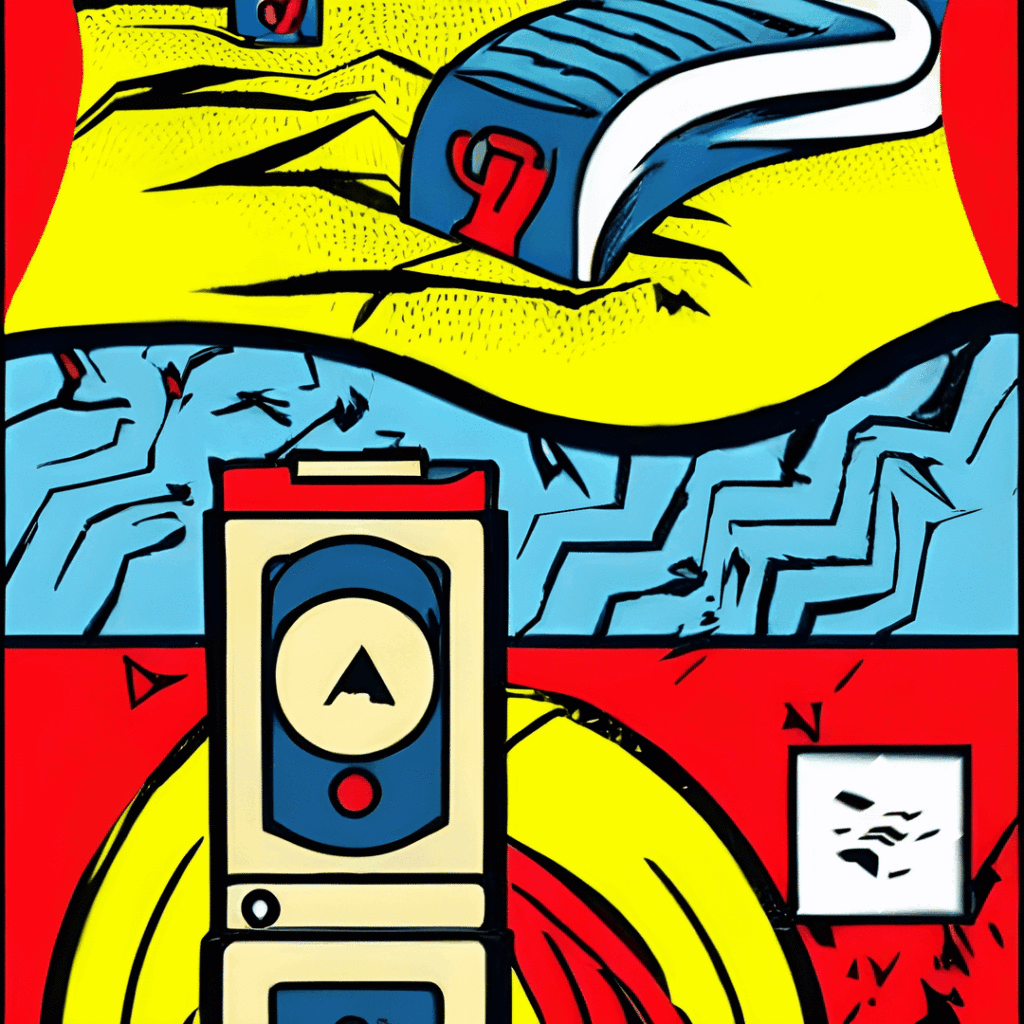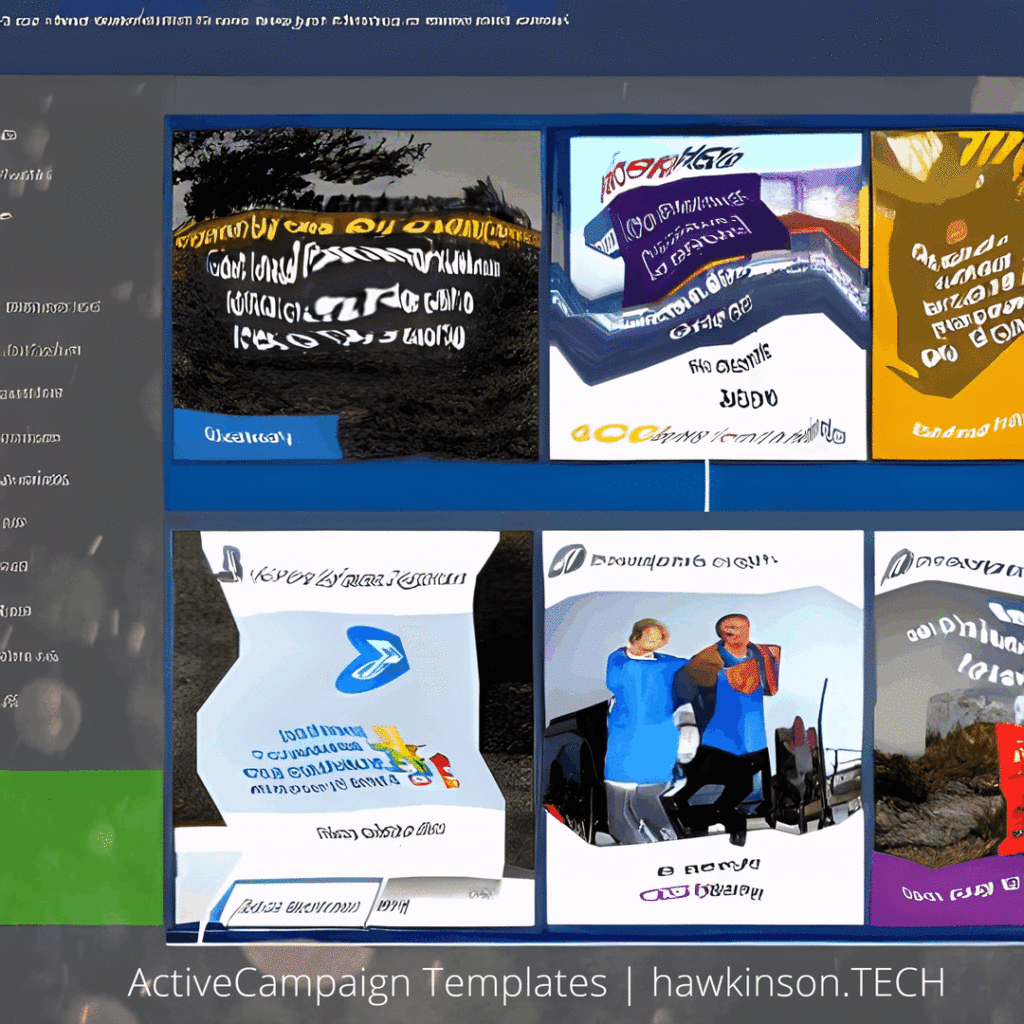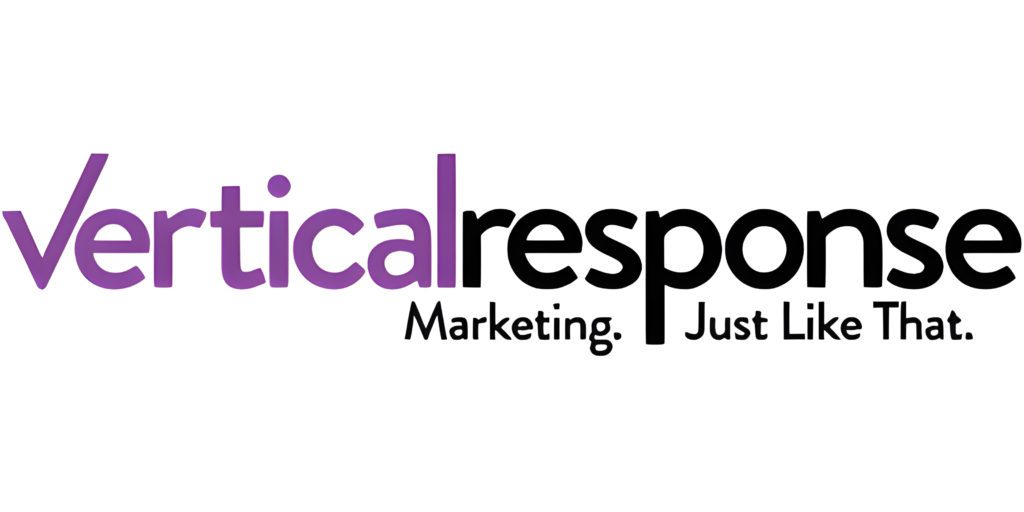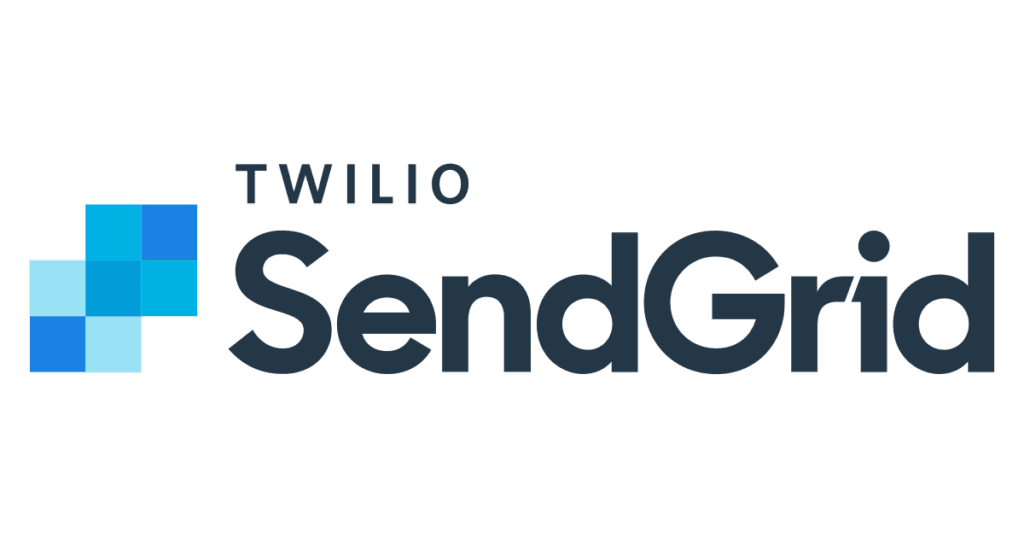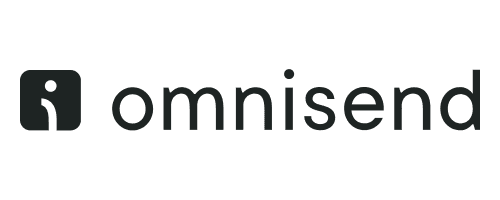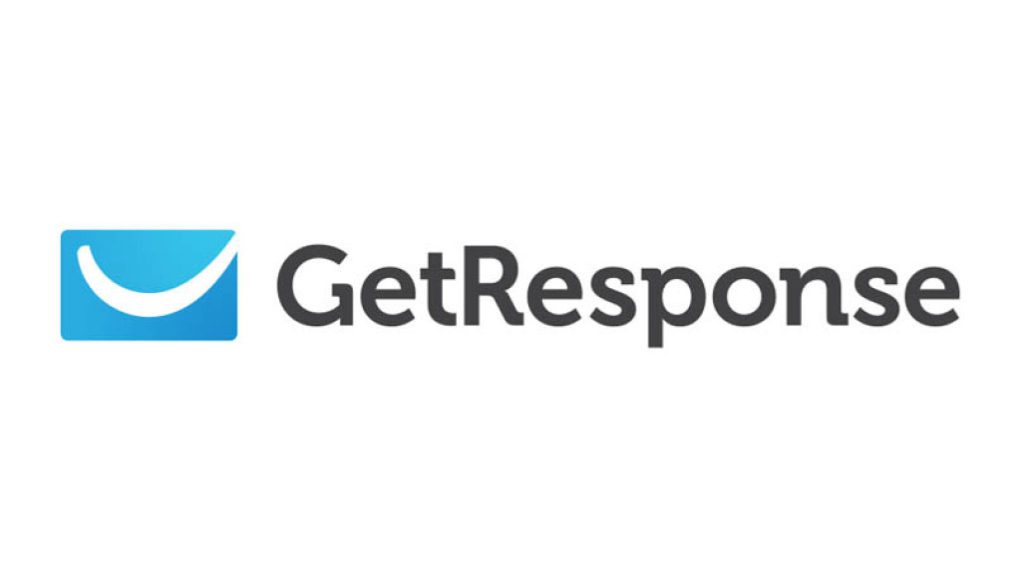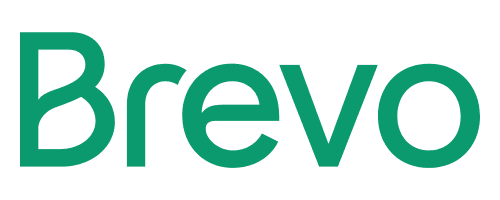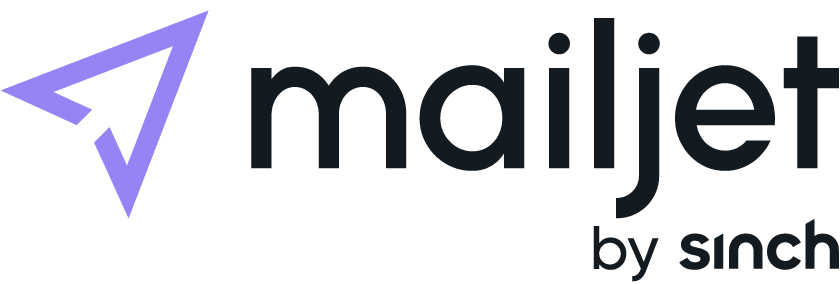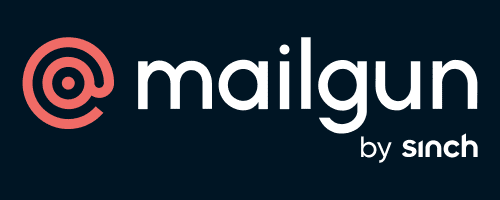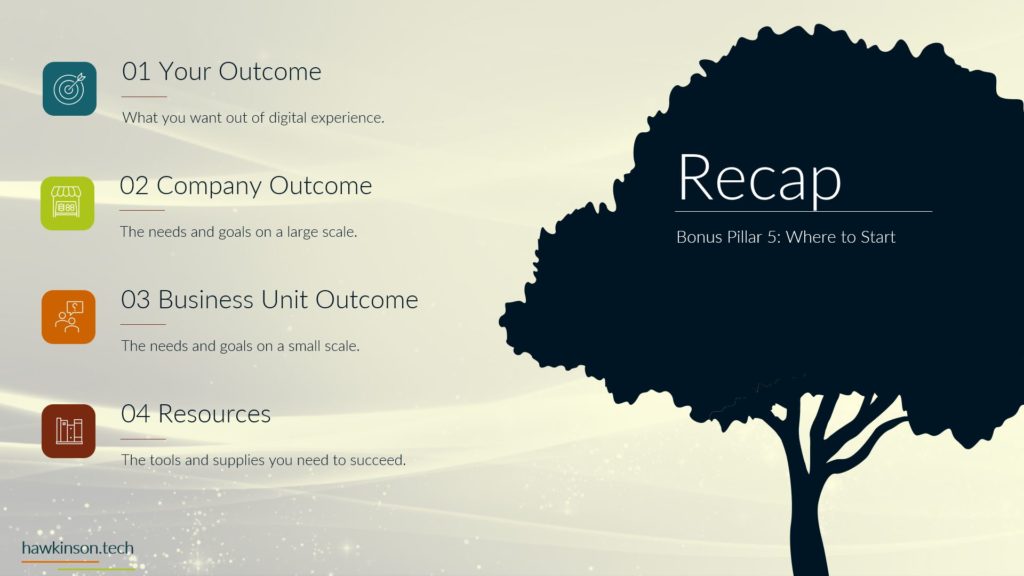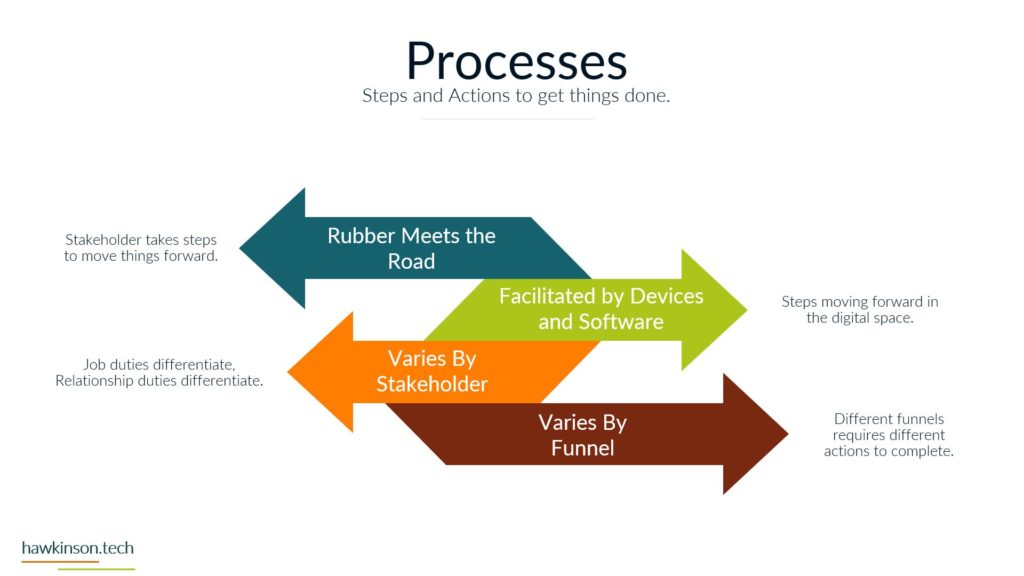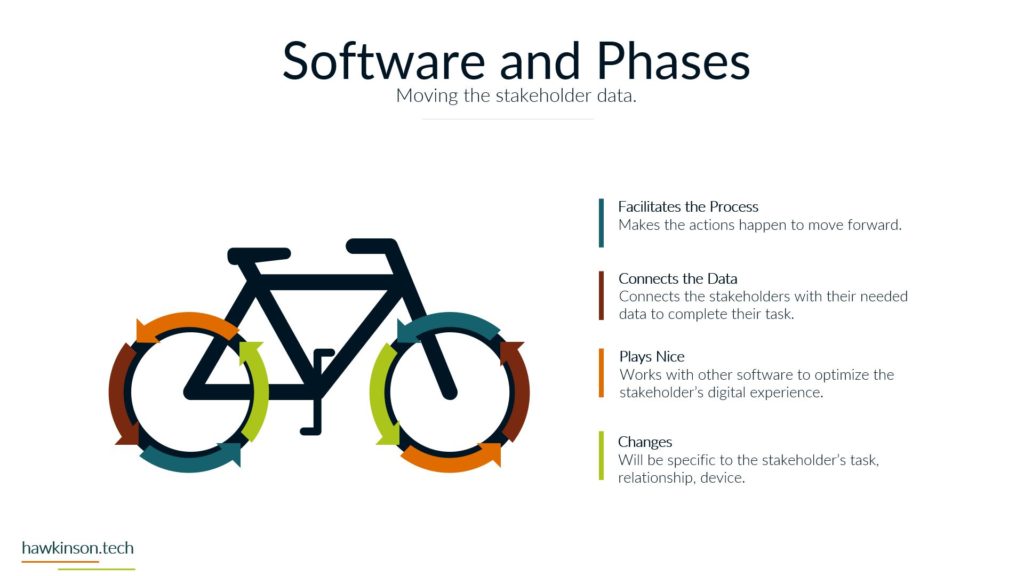Email marketing has always been an effective marketing tactic for businesses. It’s affordable and provides measurable results, making it a must-have for any business looking to succeed in their marketing endeavors.
Let’s explore some of the best email marketing practices and strategies that you can use to create and send effective email campaigns.
Send a Welcome Message
As a company embarking on an email marketing campaign, creating a personalized welcome message is imperative. Sending a generic message risks being ignored or even marked as spam. Providing relevant content within your welcome message is key to ensuring your subscribers open and engage with your emails.
This sets a positive tone for your email marketing campaign and encourages subscribers to continue engaging with future campaigns. Crafting a unique and thoughtful welcome email sets the stage for success and shows your subscribers that your brand is committed to delivering valuable and meaningful content.
Personalization is Key
Businesses that take the time to personalize their emails based on individual customers have a better chance of capturing and holding their attention.
By incorporating dynamic content, personalization tokens, and segmentation, businesses can enhance the customer experience and increase engagement. This small detail may seem insignificant, but it can make all the difference in today’s competitive marketplace. By providing a tailored experience, businesses can distinguish themselves and stand out among the endless sea of generic emails.
Keep The CTA Above the Fold
With so many emails flooding our inboxes daily, ensuring that your email stands out is important. One key element to consider is the CTA – the part of your email that prompts the recipient to take action, whether to purchase a product, sign up for a newsletter, or visit a website.
Keeping your CTA above the fold is crucial to ensure it is seen and engaged. This means placing the CTA near the top of the email so it’s visible without needing the recipient to scroll down. Doing this increases the chances of your message being noticed and acted upon.
So, next time you create an email campaign, keep the CTA above the fold to maximize its impact.
Keep it Casual
When crafting an email, remember that brevity is key; keep your email concise and to the point, avoiding unnecessary information or irrelevant details. Using bullet points or numbered lists to break down important points can be helpful, but always end your email with a clear call to action.
Addressing your recipient by their name and displaying respect is also crucial. By avoiding these common email mistakes, you can ensure your message is delivered and received effectively.
Pay Attention to Your Email Subject Lines
A weak or unappealing subject line can be why your email is in the trash without a second glance. Experiment with different subject lines to see which resonates best with your audience. After all, your subject line is your first impression to your subscribers; as they say, the first impression is the lasting one!
Mobile Optimization is a Must
Mobile optimization is essential for email marketing success in today’s mobile-heavy world. Ensure your emails are mobile-friendly and easy to read on smartphones and tablets.
Use a responsive design that adapts to the screen size so your content is easy to read and navigate. Also, remember that most people read emails on their smartphones, so ensure your email content is optimized for mobile viewing.
Focus on Repeat Customers
Picture this: a bustling coffee shop filled with regulars who pop in daily for their caffeine fix. The barista greets each customer by name, remembers their usual order, and even asks about their weekend plans. As a result, these customers are loyal and tell all of their friends about this fantastic coffee shop that makes them feel like family.
The same concept applies to email marketing. Investing in your repeat customers and showing them some love can create a community of loyal fans who rave about your brand to everyone they know. So don’t underestimate the power of returning customers – they are the secret ingredient to growing your reputation and customer base.
Use Less Than Three Typefaces
Email clutter is one of the biggest obstacles for marketers looking to boost conversions. But did you know that overdesigning your email with too many fonts can be a major culprit? When it comes to visual appeal, less is often more.
Keep your fonts simple and easy to read with web-safe options between 10-point and 12-point. This way, your message will be legible no matter what device or platform your reader uses. So, the next time you craft an email, focus on simplicity and watch those conversions soar!
Conclusion
All in all, email marketing is a powerful tool to build relationships with your current customers. Just remember that no two emails are the same, and focusing on personalizing your content, crafting great subject lines, ensuring the mobile experience is optimized, and optimizing for customer data will help you maximize your email campaigns’ success.
To increase open rates, conversions, and sales, you must ensure that every component of your outreach works together for maximum resonance with your customers. Each touchpoint must be customized for each email recipient, starting with selecting the right platform.
Once you have chosen the optimal platform, companies can start creating a practical roadmap for communicating with their customers through email marketing: from personalization for each sub-segment of customers to awesome subject lines that make an urge to open the emails. Optimizing devices should also be part of this strategy, as many emails are opened on mobile phones.
Finally, data-driven optimization will improve deliverability and enable companies to target their ideal consumers by age, gender, location, and more. When followed correctly, these guidelines can help businesses achieve better results through successful email campaigns.






